
Aracely
Lehman
School Photographer
Seeing the World, Through the Eyes of My Lens


No.1
Portrait Project

No.2
Photoshop Skills

No.3
Juxtaposition Collage
No.4
Tracking Motion





No.6
Portrait near/far focus


Portrait Wide Aperture


No.7
Black and White Control Value Photos

Zoom Blur

No.5
Object Stuck in Time

CONTACT
Aracely Lehman

Shutter
A fast shutter speed is typically whatever it takes to freeze action. Long shutter speeds you need to use a tripod to get sharp images. You would use long shutter speeds for night photography, or to capture movement intentionally.
Aperture
A large aperture results in a large amount of both foreground and background blur. This is often used for portraits or general photos of objects.
A small aperture does the opposite, making a photo darker. As aperture changes in size, it alters the amount of light that reaches your camera sensor and changes the brightness of your image.
ISO
In Digital Photography ISO measures the sensitivity of the image sensor. the lower the number the less sensitive your camera is to light and the finer the grain. By choosing a higher ISO you can use a faster shutter speed to freeze the movement.

Static Portrait

Static Still Life
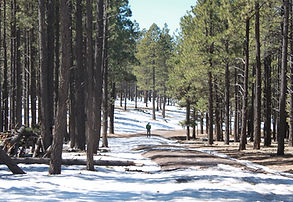
Static Landscape

Static
Architecture

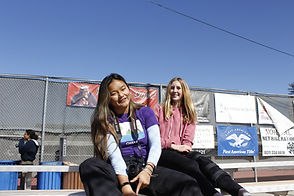
Dynamic Portraits

Dynamic
Architecture

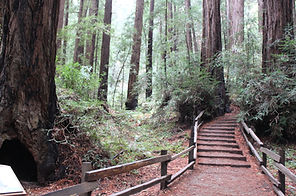
Dynamic
Still Life
Dynamic Landscape
When the majority of lines are horizontal or vertical this is called static composition. In my static photos, you can see how all the photos are straight on they are not at an angle. When a composition has many diagonal lines it is called Dynamic Compositionwhich is why all of the photos are at an angle and so are the subjects.
For these photos, I made the aperture larger and tried to put the whole picture in focus for the static photos. In the dynamic photos I used more depth and different focuses for example for the flower blub light up picture I only focused on that object but I also took the picture at night which gave the pictures different colors and depths.
Some of these photos were hard to capture because of how many we needed but I really enjoy these photos! This is one of my favorite photos from this project below!
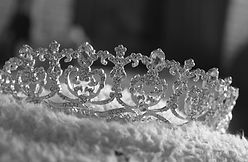
Rule of Thirds Photos





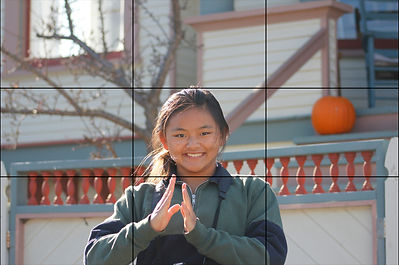
Collages Part A and Part B


Cross processing photos project




Adobe Lightroom Project






Photography and the Law
Photography and The Law (it fills a page on google docs click the link to the left)
by Aracely Lehman
An “Artist” Richard Prince used dozens of photos that were unlicenced for a project he made called “Canal Zone”. The original photographer who took the photos in Richard Prince’s project, Patrick Cariou, filed suit for copyright, and the artist Richard Prince countered with a “fair use” defense. The verdict from The Southern District of New York was that the photos were an infringement because Prince was not “commenting upon” the original photos and work. The Second Circuit then overturned that decision, believing the alleged infringements were able to be considered fair use (including the one above). Then the judge ordered that Prince’s works be impounded and destroyed because it lit a fire between the photography and artistic communities. In the end, the ruling tried to show what the fine line between commercial art and digital media was about. It’s a line Prince just loves to cross, however, which creates lots of problems for him. He's Currently fighting off more copyright cases over his work/art pieces and projects.